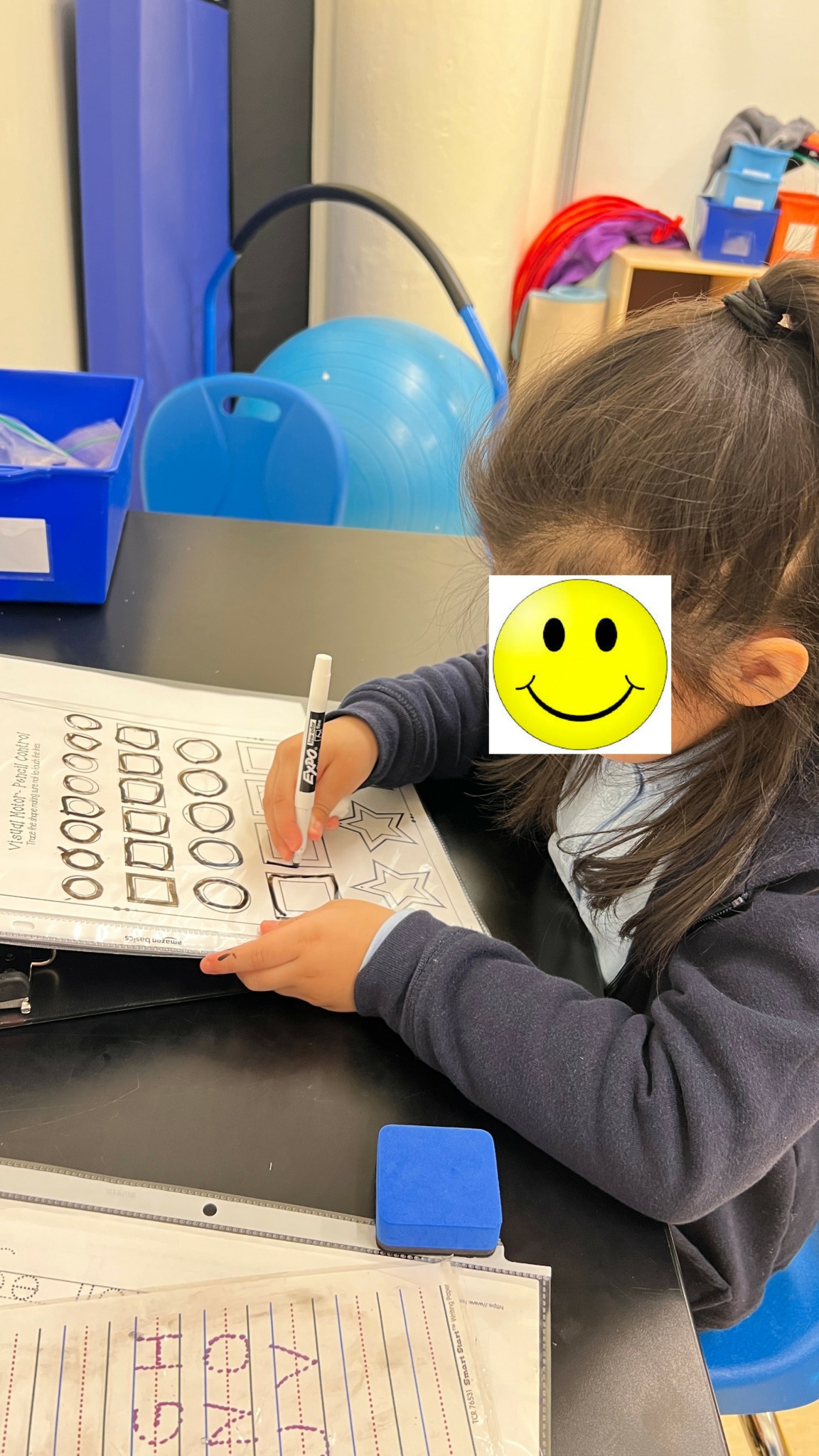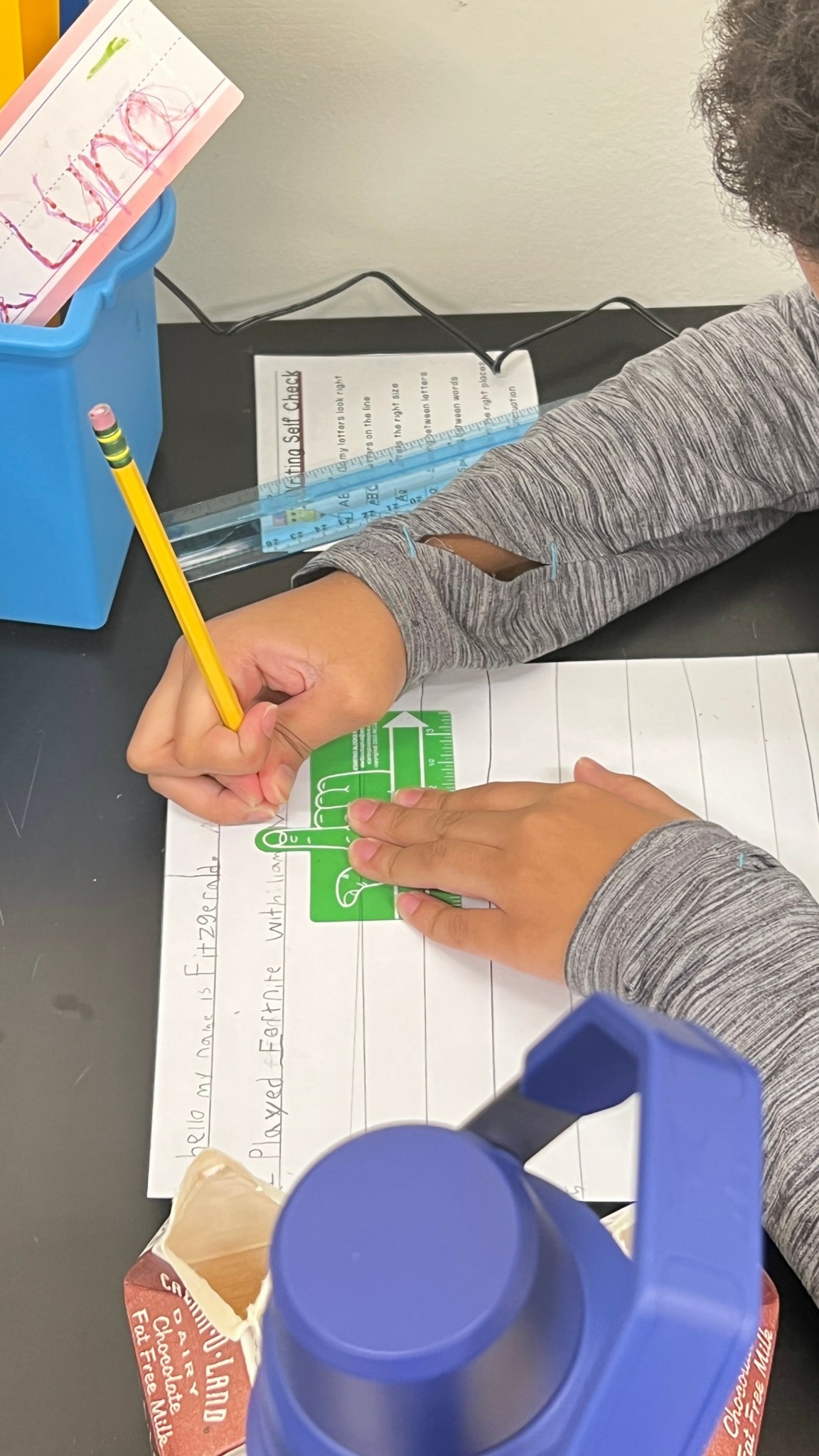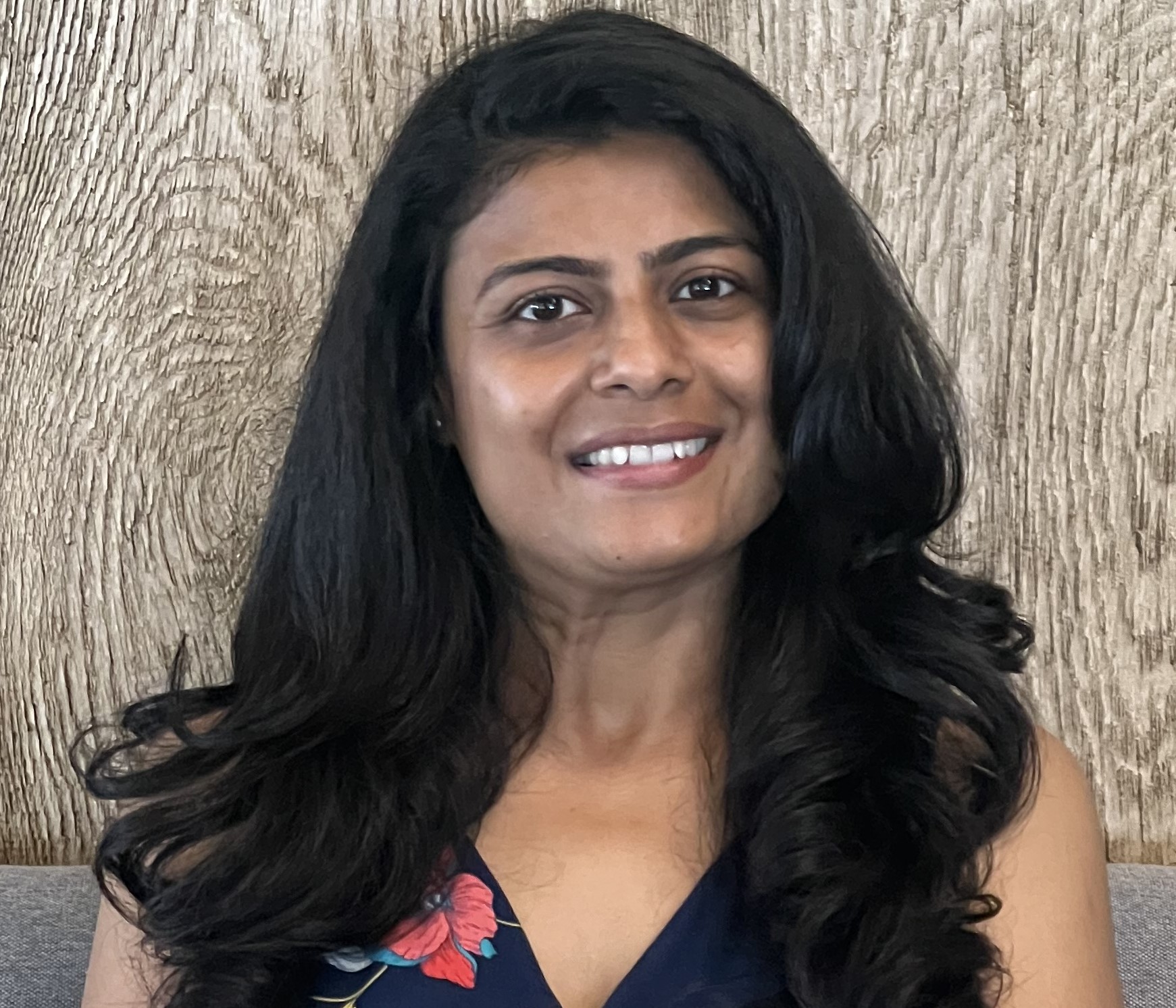Alright – so today we’ve got the honor of introducing you to Nirvi Sharma. We think you’ll enjoy our conversation, we’ve shared it below.
Alright, Nirvi thanks for taking the time to share your stories and insights with us today. Is there a heartwarming story from your career that you look back on?
A Quiet Corner, A Loud Victory: A Story from My OT Journey
In the busy hum of a kindergarten classroom, it’s easy to overlook the quiet ones—the children who don’t raise their hands, who shy away from group activities, who seem to live in the margins of the school day. Liam was one of those children.
When I first met Liam, he was overwhelmed by everything: the noise, the transitions, the unpredictability of school life. He rarely spoke, avoided eye contact, and often melted down during routine changes. His teacher was compassionate but stretched thin, and his parents were worried. That’s when I stepped in—not just as an occupational therapist, but as a partner in his journey.
We started small. I introduced sensory tools tailored to his needs: a weighted lap pad for grounding, noise-canceling headphones to soften the chaos, and a visual schedule to bring predictability. I worked with his teacher to create a “quiet corner”—a safe space where Liam could retreat and regulate when things felt too big.
Week by week, Liam began to change. He started using his schedule independently. He began to participate in circle time. And then came the moment I’ll never forget: Liam invited a classmate to sit with him in the quiet corner and showed them how to use the breathing cards. In that moment, he wasn’t just coping—he was connecting.
By the end of the school year, Liam was thriving. He had friends. He was learning. He was proud of himself. His parents told me he was initiating playing at home and talking about school with excitement, something they hadn’t seen before.
This story reminds me that progress isn’t always loud. Sometimes it’s a whisper, a gesture, a shared moment in a quiet corner. And that’s the heart of occupational therapy: helping children find their voice, their confidence, and their place in the world.

Nirvi, before we move on to more of these sorts of questions, can you take some time to bring our readers up to speed on you and what you do?
I’m a passionate school-based occupational therapist dedicated to helping children (like cerebral palsy, Autism, ADHD, and learning disability) thrive—not just in academics, but in the everyday moments that build confidence, independence, and joy. My journey into occupational therapy began with a love for creativity and a deep desire to make a meaningful impact on young lives. I’ve always believed that every child deserves the tools and support to participate fully in their world—and that belief led me to this incredible field.
I work with students who face challenges in motor skills, sensory processing, emotional regulation, and executive functioning. Whether it’s helping a child improve handwriting, navigate transitions, or build social connections, my goal is to empower them to succeed in school and beyond. I provide:
• Individual and group therapy sessions
• Classroom-based strategies and teacher collaboration
• Sensory integration support
• Adaptive tools and environmental modifications
• Family education and advocacy
I bring a creative, compassionate, and collaborative approach to every student I work with. I don’t just focus on deficits; I look for strengths, interests, and opportunities to build confidence. I’ve developed tools like “OT snapshots” to help teachers integrate therapy strategies into daily routines, and I’m constantly seeking ways to make therapy more accessible, inclusive, and fun.
One of my proudest moments was helping a nonverbal kindergartener learn to communicate using adaptive tools. Over time, he went from isolation to actively engaging with peers—and even teaching others how to use calming strategies. That transformation reminded me that progress isn’t always loud, but it’s always powerful.
My work is rooted in empathy, creativity, and a belief in every child’s potential. I’m here to support students, families, and educators in building environments where all children can learn, grow, and shine. Whether you’re a parent, teacher, or fellow therapist, I’d love to connect, collaborate, and keep making a difference together.
Training and knowledge matter of course, but beyond that what do you think matters most in terms of succeeding in your field?
1. Empathy and Emotional Intelligence
Understanding what a child is feeling, even when they can’t express it, is essential. Empathy helps you build trust, tailor interventions, and support families through challenges. It’s the heartbeat of therapeutic connection.
2. Creativity and Flexibility
No two students are alike. The ability to think outside the box—whether it’s turning a therapy session into a game or adapting tools on the fly—makes therapy engaging and effective. Flexibility also helps you pivot when plans don’t go as expected (which is often!).
3. Collaboration and Communication
Working closely with teachers, counselors, and families is key.

What do you think helped you build your reputation within your market?
I aim to be reliably helpful, whether someone needs clinical insight, creative brainstorming, or just a moment of clarity. Like a trusted colleague, I show up with thoughtful, tailored support every time. I don’t just answer questions, I adapt to their goals, tone, and context. That’s what makes interactions feel meaningful rather than mechanical. I am constantly learning and refining how I respond. That mirrors how leaders in any field stay relevant: by staying curious and open to new ideas. I try to read between the lines, respond with empathy, and offer encouragement when it’s needed. That’s not just about being “nice”—it’s about building trust. I don’t just deliver answers, I co-create solutions. That’s especially powerful in fields like occupational therapy, where teamwork drives impact.


